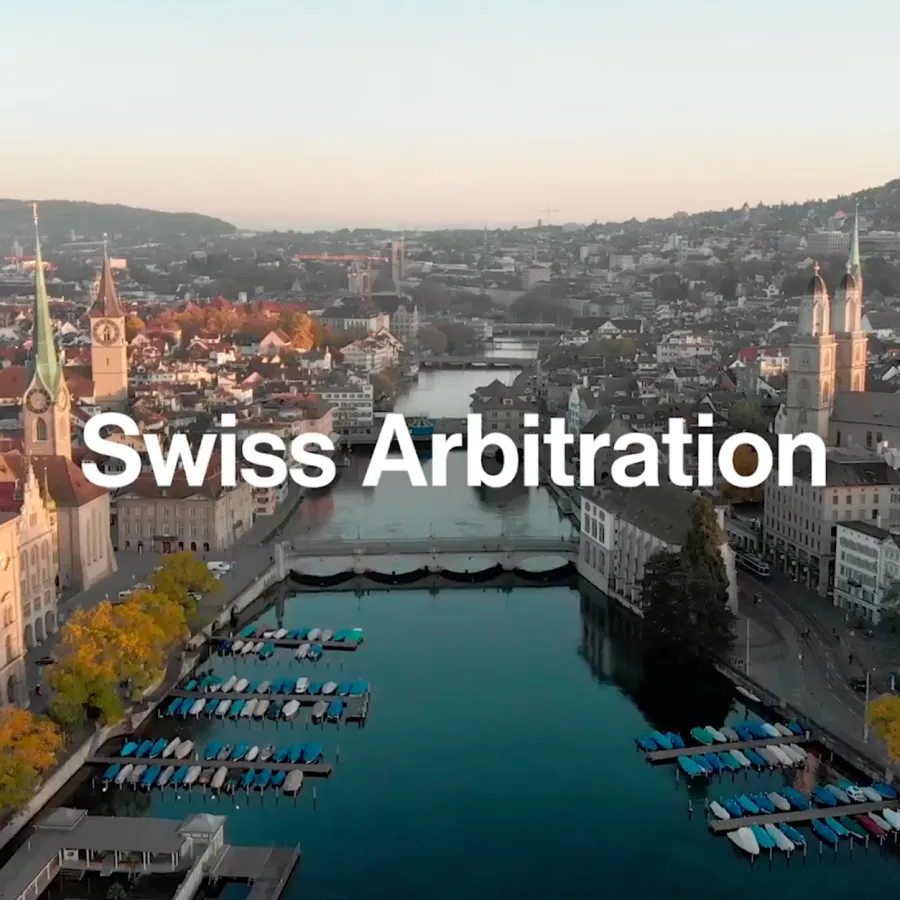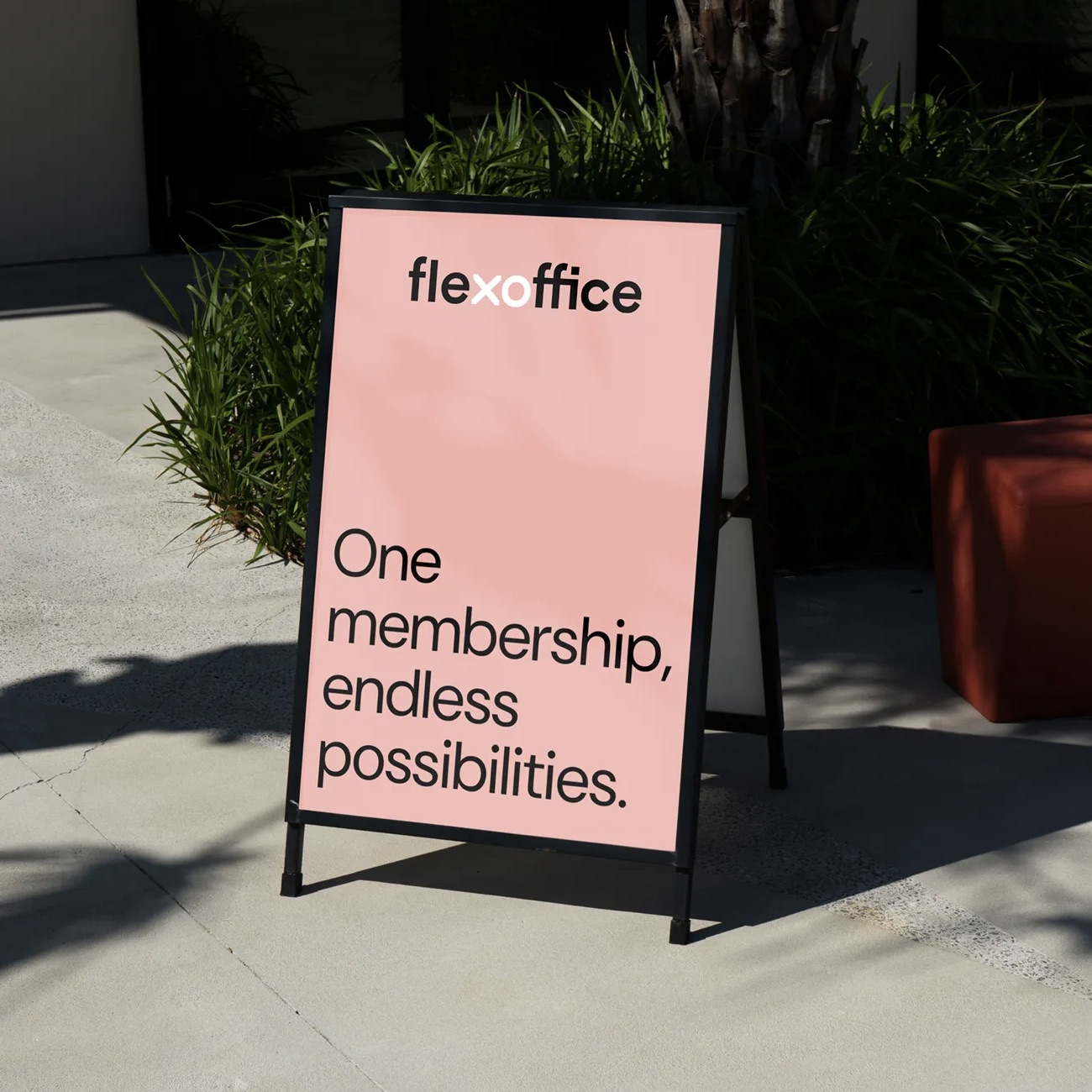The B2B Brand Audit Your Competitors Aren’t Doing
Before you can improve your B2B brand, you need to understand it. What are your brand’s current strengths and weaknesses? How do your employees engage with it? How is it perceived by your clients and your competitors?

What is a Brand Audit?
A brand audit is a strategic tool that clarifies your brand positioning, aligns your internal teams, and uncovers business growth opportunities. It provides a structured review of the status of your brand's internal and external communications. It helps you to understand how your brand is perceived, used, and differentiated, and how it could evolve to stay relevant in a competitive B2B market.
An effective brand audit typically includes three pillars:
- Internal review: Existing brand assets, employee perspectives, leadership interviews — that reveal how employees interpret and activate your brand. Are there contradictions, outdated narratives, or weak touch-points? The internal review identifies what's working, what's not, and where the gaps are, especially across digital design, brand messaging, and service culture.
- Customer insights: Feedback from clients and partners — that evaluate how your brand performs in the eyes of customers, competitors, and the industry.
- Market and competitor research: Industry trends, positioning gaps, emerging expectations — that unveil blind spots and inspire lateral thinking, as seemingly unrelated industries can provide inspiration and insights into your own sector.
Internal Review: Don’t Overlook What’s Already There
B2B firms often underestimate the brand data they already possess. From sales materials and pitch decks to internal reports and onboarding kits, your company likely holds untapped information that reveals brand inconsistencies, or strengths to build on.
When auditing neogem, a sub-brand of Cemex active in landscaping, sports, and agriculture across over a dozen countries, we found little usable market research. Instead, we interviewed local teams. Their insights gave us a clearer picture of neogem’s performance, customer segments, and regional nuances than any external report could.
Pro tip: A few hours of structured employee interviews often yield more strategic insights than a glossy third-party study.
Customer Insights: What Do Your Customers Really Think?
In B2B, relationships are long-term and often personal, making them a rich source of brand intelligence. Conducting qualitative interviews with key clients helps you understand not just satisfaction, but perception. How do they describe your strengths? What do they say about your competitors? What frustrates them?
While auditing the brand of DLCM, a digital content management platform developed by the University of Geneva, we interviewed clients from over a dozen universities. Their feedback helped shape not only DLCM’s messaging and design, but also its roadmap. Talking to clients early in the process is not just efficient, it builds trust.
Pro tip: Involving customers early on in the auditing phase can save you precious time, and may well strengthen your working relationships.
Market and Competitor Research: Analyse the Market, But Think Laterally
Brand audits must go beyond direct competitors. Look across industries and geographies to find inspiration and spot white space.
Your industry might be gravitating toward one narrative — like “Swiss quality” or “technical excellence”. But these can become clichés. Instead, differentiate with nuanced values like “collaborative innovation” or “human-centred performance”. Holcim did this brilliantly by naming and branding different cement types, something no competitor had dared. The result? Holcim reshaped how an entire market talks about cement.
Pro tip: Benchmark your brand against unexpected players. Innovation often comes from industries your competitors aren't watching.
Turn Your Brand Audit Into Action
A brand audit without a next step is just a report. Once you’ve gathered and synthesised the findings, organise a workshop with your brand leadership team. Challenge assumptions, align on implications, and agree on priorities.
Your audit should directly inform decisions about:
- Brand positioning and storytelling
- Visual identity
- Digital customer experience
- Internal brand engagement and any executive training needs
Only once the team is aligned should you move into brand strategy, messaging, or design.
Final Thoughts
Whether you're in manufacturing, tech, or professional services, the companies that win are the ones that pause, reflect, and then act decisively. A brand audit is a smart step toward growth, helping businesses to better understand their position in the market, and to identify any changes needed to improve their brand communication and presentation.
Need help auditing your B2B brand?
At Creative Supply, we help ambitious B2B companies turn their brands into powerful growth assets through strategic brand audits, branding, customer experience design, and executive training.
👉 Contact us to explore your brand audit options.
The B2B Brand Audit Your Competitors Aren’t Doing



The B2B Brand Audit Your Competitors Aren’t Doing
Before you can improve your B2B brand, you need to understand it. What are your brand’s current strengths and weaknesses? How do your employees engage with it? How is it perceived by your clients and your competitors?
What is a Brand Audit?
A brand audit is a strategic tool that clarifies your brand positioning, aligns your internal teams, and uncovers business growth opportunities. It provides a structured review of the status of your brand's internal and external communications. It helps you to understand how your brand is perceived, used, and differentiated, and how it could evolve to stay relevant in a competitive B2B market.
An effective brand audit typically includes three pillars:
- Internal review: Existing brand assets, employee perspectives, leadership interviews — that reveal how employees interpret and activate your brand. Are there contradictions, outdated narratives, or weak touch-points? The internal review identifies what's working, what's not, and where the gaps are, especially across digital design, brand messaging, and service culture.
- Customer insights: Feedback from clients and partners — that evaluate how your brand performs in the eyes of customers, competitors, and the industry.
- Market and competitor research: Industry trends, positioning gaps, emerging expectations — that unveil blind spots and inspire lateral thinking, as seemingly unrelated industries can provide inspiration and insights into your own sector.
Internal Review: Don’t Overlook What’s Already There
B2B firms often underestimate the brand data they already possess. From sales materials and pitch decks to internal reports and onboarding kits, your company likely holds untapped information that reveals brand inconsistencies, or strengths to build on.
When auditing neogem, a sub-brand of Cemex active in landscaping, sports, and agriculture across over a dozen countries, we found little usable market research. Instead, we interviewed local teams. Their insights gave us a clearer picture of neogem’s performance, customer segments, and regional nuances than any external report could.
Pro tip: A few hours of structured employee interviews often yield more strategic insights than a glossy third-party study.
Customer Insights: What Do Your Customers Really Think?
In B2B, relationships are long-term and often personal, making them a rich source of brand intelligence. Conducting qualitative interviews with key clients helps you understand not just satisfaction, but perception. How do they describe your strengths? What do they say about your competitors? What frustrates them?
While auditing the brand of DLCM, a digital content management platform developed by the University of Geneva, we interviewed clients from over a dozen universities. Their feedback helped shape not only DLCM’s messaging and design, but also its roadmap. Talking to clients early in the process is not just efficient, it builds trust.
Pro tip: Involving customers early on in the auditing phase can save you precious time, and may well strengthen your working relationships.
Market and Competitor Research: Analyse the Market, But Think Laterally
Brand audits must go beyond direct competitors. Look across industries and geographies to find inspiration and spot white space.
Your industry might be gravitating toward one narrative — like “Swiss quality” or “technical excellence”. But these can become clichés. Instead, differentiate with nuanced values like “collaborative innovation” or “human-centred performance”. Holcim did this brilliantly by naming and branding different cement types, something no competitor had dared. The result? Holcim reshaped how an entire market talks about cement.
Pro tip: Benchmark your brand against unexpected players. Innovation often comes from industries your competitors aren't watching.
Turn Your Brand Audit Into Action
A brand audit without a next step is just a report. Once you’ve gathered and synthesised the findings, organise a workshop with your brand leadership team. Challenge assumptions, align on implications, and agree on priorities.
Your audit should directly inform decisions about:
- Brand positioning and storytelling
- Visual identity
- Digital customer experience
- Internal brand engagement and any executive training needs
Only once the team is aligned should you move into brand strategy, messaging, or design.
Final Thoughts
Whether you're in manufacturing, tech, or professional services, the companies that win are the ones that pause, reflect, and then act decisively. A brand audit is a smart step toward growth, helping businesses to better understand their position in the market, and to identify any changes needed to improve their brand communication and presentation.
Need help auditing your B2B brand?
At Creative Supply, we help ambitious B2B companies turn their brands into powerful growth assets through strategic brand audits, branding, customer experience design, and executive training.
👉 Contact us to explore your brand audit options.
DownloadThe B2B Brand Audit Your Competitors Aren’t Doing
Download
What is a Brand Audit?
A brand audit is a strategic tool that clarifies your brand positioning, aligns your internal teams, and uncovers business growth opportunities. It provides a structured review of the status of your brand's internal and external communications. It helps you to understand how your brand is perceived, used, and differentiated, and how it could evolve to stay relevant in a competitive B2B market.
An effective brand audit typically includes three pillars:
- Internal review: Existing brand assets, employee perspectives, leadership interviews — that reveal how employees interpret and activate your brand. Are there contradictions, outdated narratives, or weak touch-points? The internal review identifies what's working, what's not, and where the gaps are, especially across digital design, brand messaging, and service culture.
- Customer insights: Feedback from clients and partners — that evaluate how your brand performs in the eyes of customers, competitors, and the industry.
- Market and competitor research: Industry trends, positioning gaps, emerging expectations — that unveil blind spots and inspire lateral thinking, as seemingly unrelated industries can provide inspiration and insights into your own sector.
Internal Review: Don’t Overlook What’s Already There
B2B firms often underestimate the brand data they already possess. From sales materials and pitch decks to internal reports and onboarding kits, your company likely holds untapped information that reveals brand inconsistencies, or strengths to build on.
When auditing neogem, a sub-brand of Cemex active in landscaping, sports, and agriculture across over a dozen countries, we found little usable market research. Instead, we interviewed local teams. Their insights gave us a clearer picture of neogem’s performance, customer segments, and regional nuances than any external report could.
Pro tip: A few hours of structured employee interviews often yield more strategic insights than a glossy third-party study.
Customer Insights: What Do Your Customers Really Think?
In B2B, relationships are long-term and often personal, making them a rich source of brand intelligence. Conducting qualitative interviews with key clients helps you understand not just satisfaction, but perception. How do they describe your strengths? What do they say about your competitors? What frustrates them?
While auditing the brand of DLCM, a digital content management platform developed by the University of Geneva, we interviewed clients from over a dozen universities. Their feedback helped shape not only DLCM’s messaging and design, but also its roadmap. Talking to clients early in the process is not just efficient, it builds trust.
Pro tip: Involving customers early on in the auditing phase can save you precious time, and may well strengthen your working relationships.
Market and Competitor Research: Analyse the Market, But Think Laterally
Brand audits must go beyond direct competitors. Look across industries and geographies to find inspiration and spot white space.
Your industry might be gravitating toward one narrative — like “Swiss quality” or “technical excellence”. But these can become clichés. Instead, differentiate with nuanced values like “collaborative innovation” or “human-centred performance”. Holcim did this brilliantly by naming and branding different cement types, something no competitor had dared. The result? Holcim reshaped how an entire market talks about cement.
Pro tip: Benchmark your brand against unexpected players. Innovation often comes from industries your competitors aren't watching.
Turn Your Brand Audit Into Action
A brand audit without a next step is just a report. Once you’ve gathered and synthesised the findings, organise a workshop with your brand leadership team. Challenge assumptions, align on implications, and agree on priorities.
Your audit should directly inform decisions about:
- Brand positioning and storytelling
- Visual identity
- Digital customer experience
- Internal brand engagement and any executive training needs
Only once the team is aligned should you move into brand strategy, messaging, or design.
Final Thoughts
Whether you're in manufacturing, tech, or professional services, the companies that win are the ones that pause, reflect, and then act decisively. A brand audit is a smart step toward growth, helping businesses to better understand their position in the market, and to identify any changes needed to improve their brand communication and presentation.
Need help auditing your B2B brand?
At Creative Supply, we help ambitious B2B companies turn their brands into powerful growth assets through strategic brand audits, branding, customer experience design, and executive training.
👉 Contact us to explore your brand audit options.



%20Spend.jpeg)







